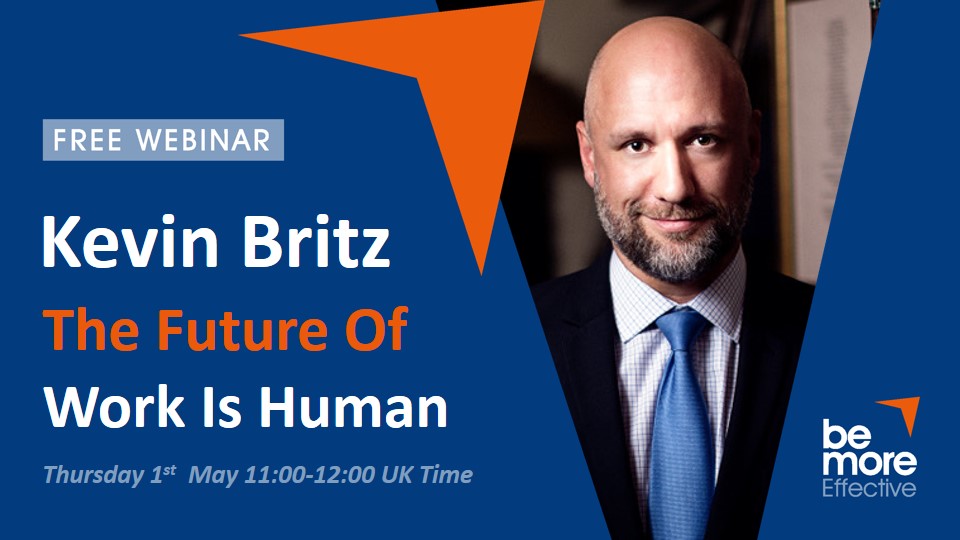How You Can Improve Employee Wellbeing

Employee wellbeing has become an important part of the workplace. While many jobs traditionally focus on salary, many employers are now realising the importance of keeping their staff happy. However, it's no easy task. Employee well-being is a complex topic spanning several areas of an individual's life.
According to the 2022 Birkman Report, Great Place to Work outlines five dimensions that cover employee well-being. These are emotional support, purpose, personal support, meaningful connections, and financial health. If an employer can support each of these factors, they can help employees feel like they belong at the company and create a great workplace environment. Here’s how you can impliment each of these dimensions into your workplace to improve employee well-being.
Emotional Support
Emotional support has become an increasingly important part of the workplace. According to the World Health Organization (WHO), there has been a 13% rise in mental health conditions worldwide in the last 10 years, causing burnout and resignations to rise in the workplace.
Traditionally, mental healthcare and emotional support would not be included as part of wellness programs or employer benefits. However, this is starting to change following the pandemic. Employers are now implementing emotional support programmes throughout the workplace with great success. According to a recent Forbes Report, 67% of employees who work for businesses with wellness programs like their jobs more than those who have little to no wellness support.
Businesses are now recognising that by addressing employees' emotional needs, they can increase performance and overall output. Current strategies to offer emotional support include fully covered mental health solutions, employee surveys to measure stress levels, and behavioural health coverage.
Purpose
The traditional model of working a 9-5, getting a mortgage, and retiring has become less appealing to employees. Just 1 in 3 employees feel satisfied in the workplace, and following the pandemic, many are rethinking the purpose of their work, asking questions such as:
• What am I contributing to society?
• Is my work making a difference?
• Am I really fulfilled?
• Do my values align with my company’s values and mission?
To keep employee well-being high, leaders must align employees' roles with the organisation's mission and the team's purpose. This involves helping employees find their purpose both in the workplace and outside of work and connecting these with the organisation's purpose. Doing so will help to increase feelings of fulfillment and ultimately create a strong workforce.
Personal Support
In a world where 20% of employees feel lonely at work, personal support is key to improving employee well-being. Personal support comes in many different forms, including the ability to grow in the workplace, upskilling, and one-to-one mentorship.
A great way for businesses to show support is by providing opportunities for growth in an employee's career with development programs. Leaders in the workplace can show they care about employees by supporting this development and personal growth journey.
A new method to offer personal support in the workplace is the use of employee resource groups. Known as ERGs, these voluntary, employee-led groups are based on characteristics such as religion, gender, ethnicity, lifestyle, or general interests. They’re designed to create a sense of communities in the workforce and build support groups within and between teams.
The last way an employer can provide support is by offering a good work-life balance. Due to technological advancements, employees no longer need to work specific hours, commute to the workplace or go to the office daily. This is a great opportunity for employers to offer flexible hours and working conditions so employees can base work around their life instead of life around their work.
Meaningful Connection
Human connection is an extremely important part of life but has been somewhat commoditized by social media. People are more connected than ever before, yet more feel alone and without connection. Building meaningful connections within the workplace is not just beneficial, but essential to employee well-being.
One way to do this is by promoting diversity, equity, inclusion, and belonging (DEIB) throughout teams. DEIB has become an important part of business strategy and is being used to manage a rapidly changing workforce consisting of different work routines and generations.
Financial Health
With the cost of living crisis impacting people throughout the UK, it’s never been more important for businesses to offer financial support. According to Champion Health, 37% of employees feel stress from financial pressures, which has been linked to depression, anxiety, and substance abuse.
Employers can alleviate this stress by providing support for childcare, retirement, and unexpected costs. This could include a home-office stipend for hybrid employees, performance-based bonuses, and other financial incentives in the workplace.
In the U.S., companies have increased the timeframe for maternity and paternity leave and also offered stability payments to reduce the stress of financial burdens. In the UK, the national minimum wage has been increased to support the rising cost of living, and several government schemes are in place to help individuals pay bills. However, businesses making large profits can take this one step further with annual pay increases and other financial incentives to keep employee well-being and workplace satisfaction as high as possible.
Summary
Since the COVID-19 pandemic, employees are no longer willing to give up their mental health for a paycheck. Resignation rates are on the rise, and expectations of employers are rising, with applicants expecting more than just a paycheck to work.
Successful employers in the future will need to reduce employee fears, help manage stress levels and build a great workplace environment catered to hybrid employees. By managing the five dimensions of employee well-being, businesses can not just attract but also retain top talent in the market while improving workplace satisfaction and productivity.
For more information please send a message via the Contact Us Page. Or you can register for an upcoming webinar.


